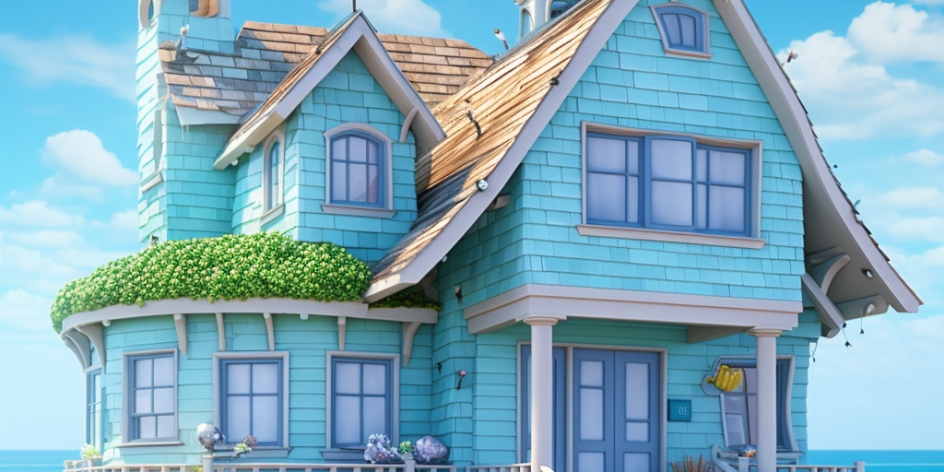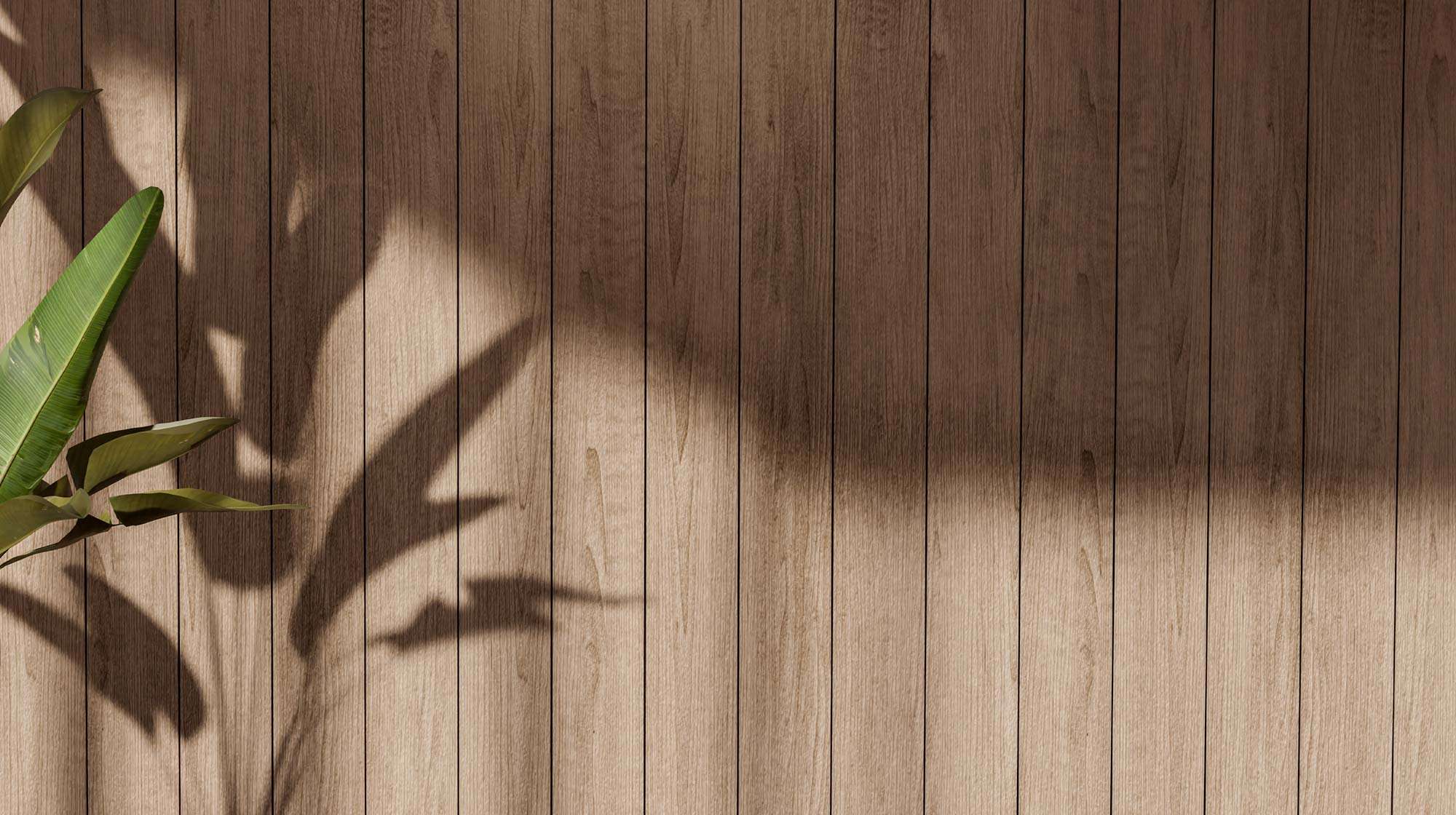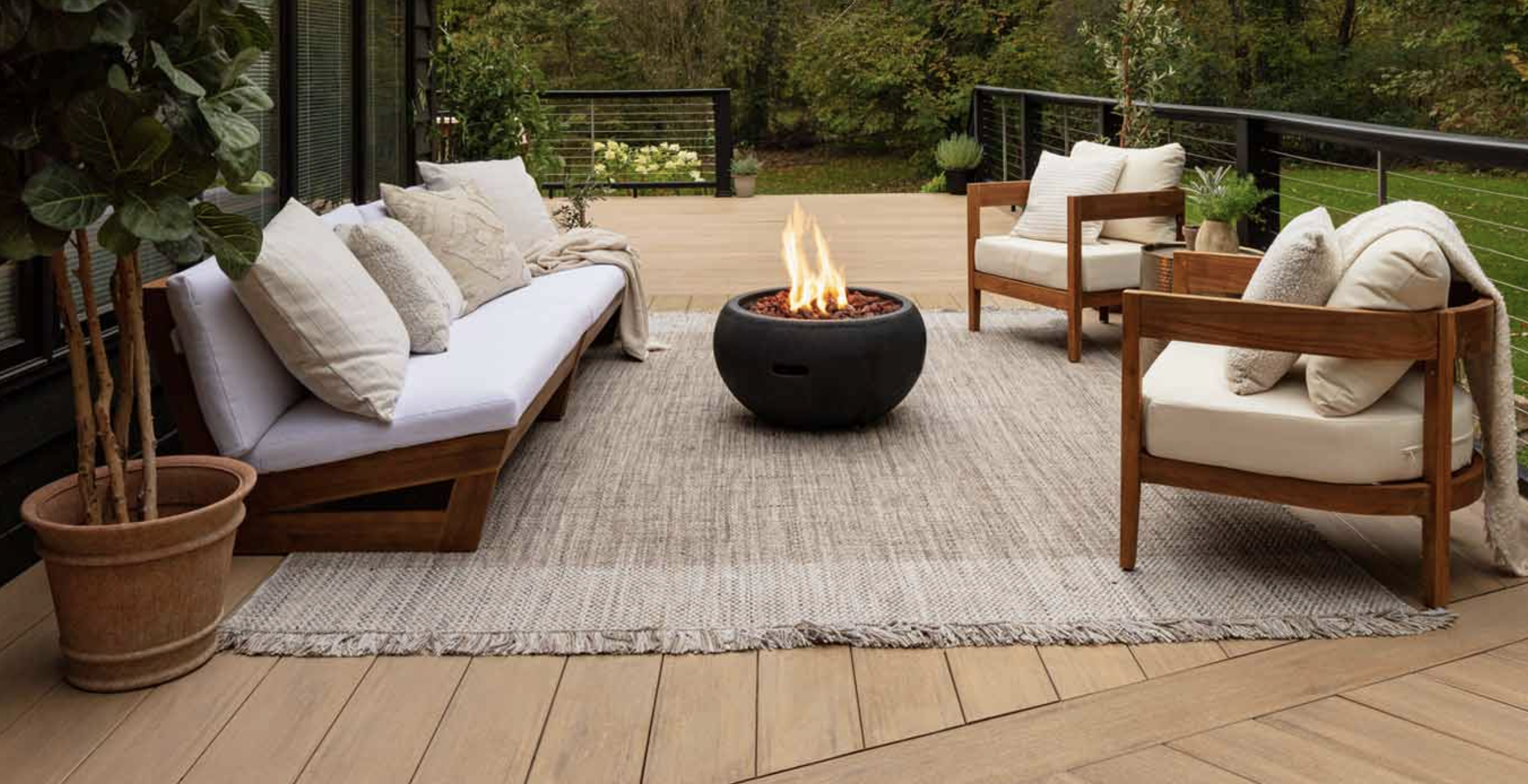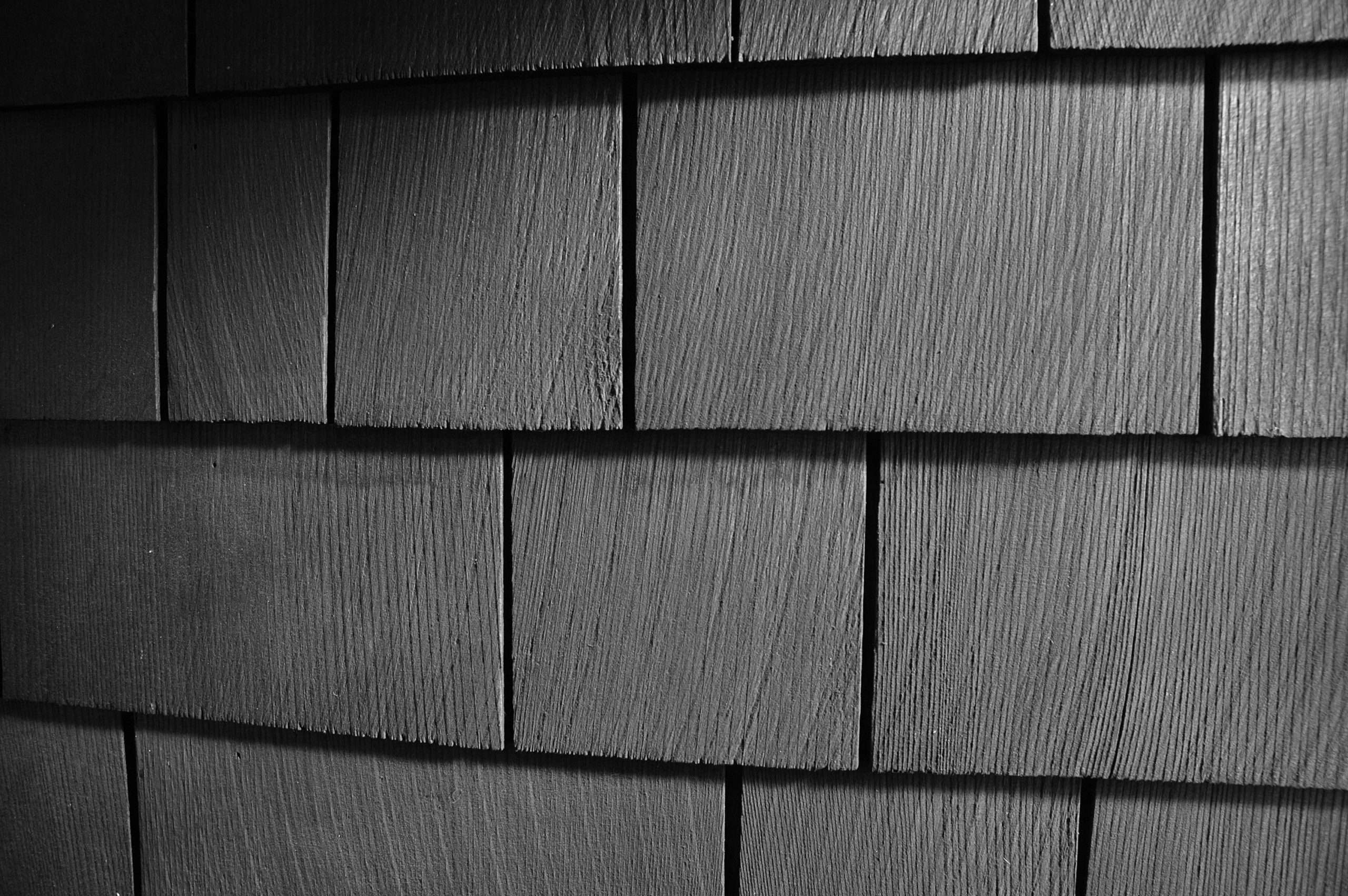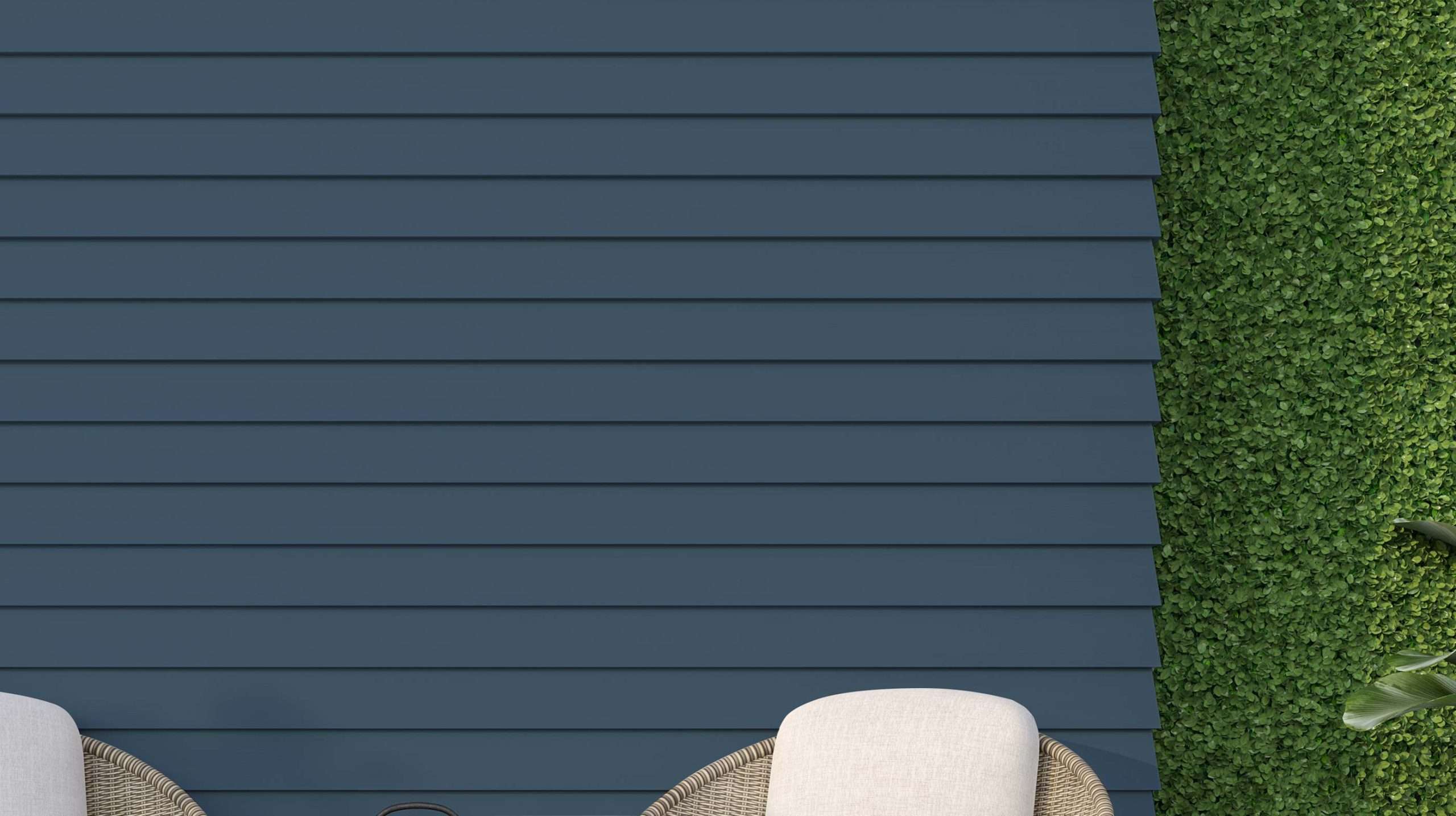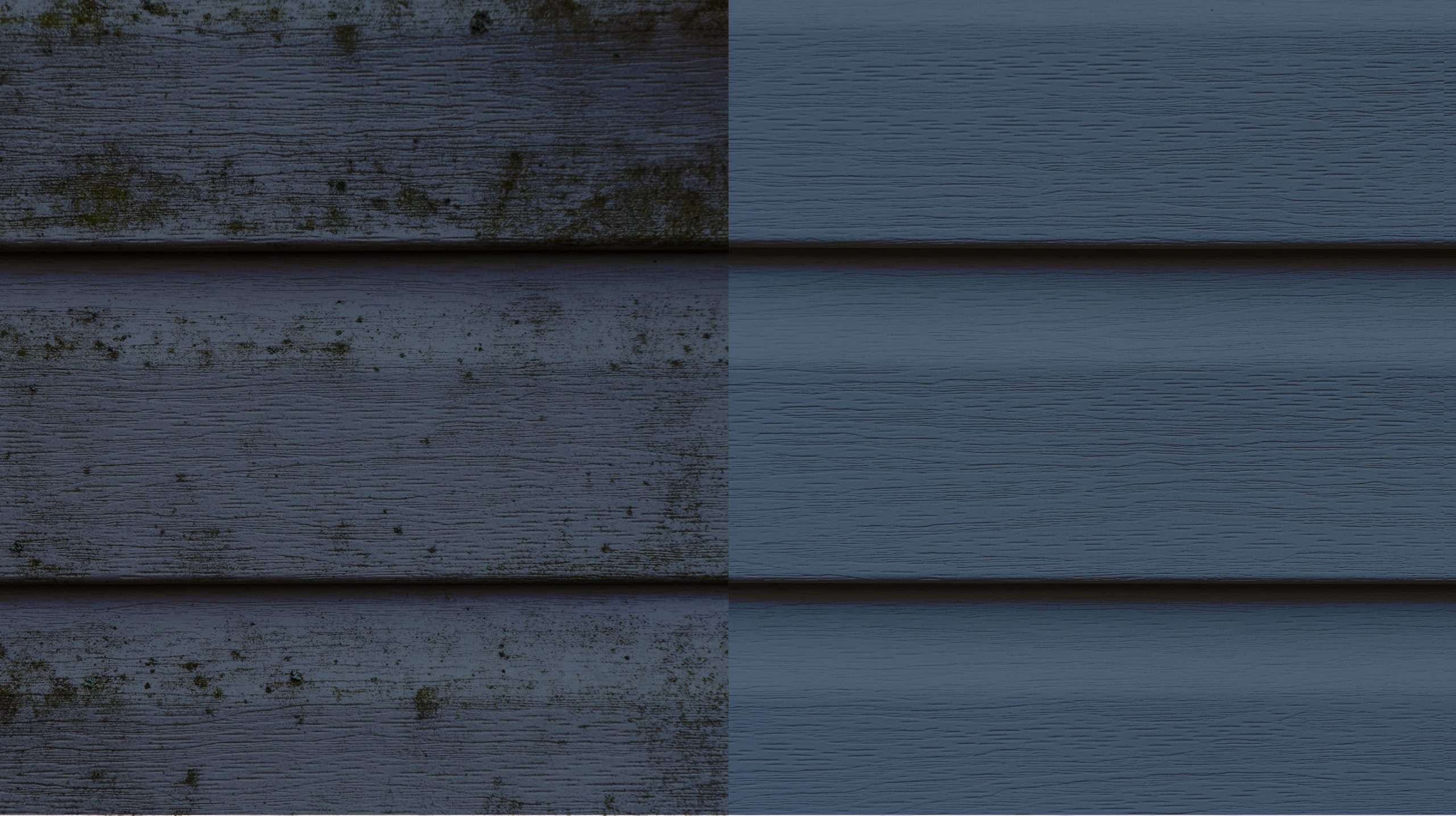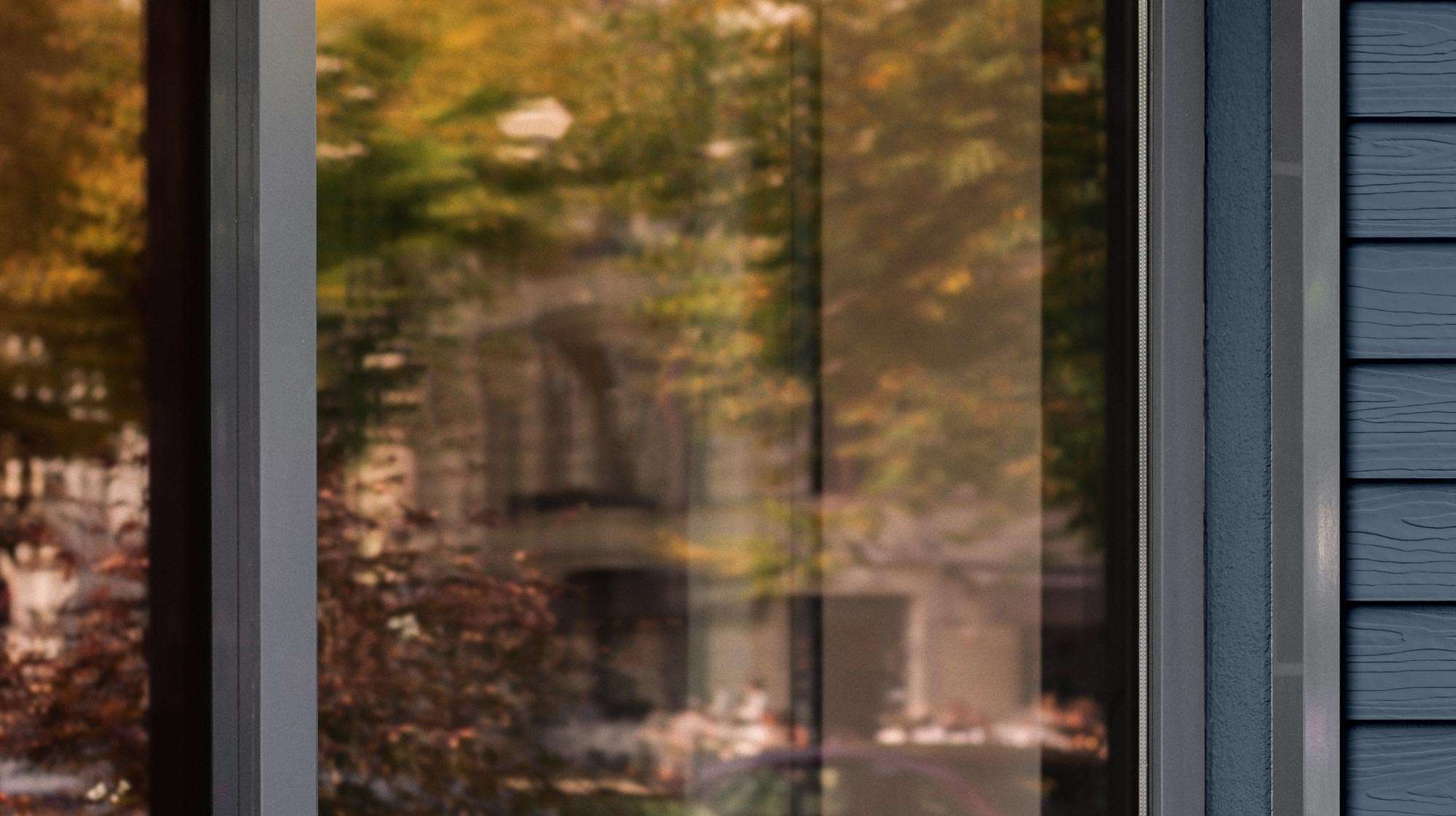Introduction
Living in Cayucos, the ocean breeze and golden sunsets make every day feel like a dream. But for homeowners, the charm of coastal living comes with its battles. One of the less glamorous—and often overlooked—threats to our homes is water damage, particularly on composite siding. And where there’s water damage, spores often follow, quietly thriving in damp, hidden corners.
This isn’t just a story about siding; it’s about safeguarding our homes from an insidious enemy that hides in plain sight. Let’s unravel here in this Rogall + Co. blog post the story about how spores can wreak havoc on your Cayucos sanctuary (siding)—and how you can fight back.
Table of Contents
- Introduction
- Composite Siding
- The Culprits
- Spores
- Spotting the Signs of Spore Growth
- The Cayucos Climate Connection
- Your Game Plan: Prevention and Treatment
- Why Rogall + Co is Your Hero in This Story
- Conclusion
Composite Siding
Composite siding is a go-to choice for many Cayucos homes. Why wouldn’t it be? It’s durable, visually appealing, and designed to stand up to the elements—most of the time. Yet, even the strongest defenses can falter. In our coastal environment, the blend of salty air, high humidity, and persistent sea spray creates a perfect storm for water damage.
When water seeps into composite siding, it doesn’t just sit there. It works its way into the fibers, creating an environment ripe for fungal spores to take root. These microscopic invaders might start as a small blemish, but they quickly spread, threatening the health and safety of your home.
The Culprits
Water is relentless. Heavy rain, fog, or even the mist from a crashing wave can infiltrate composite siding, especially if there are cracks or weak points. Over time, this moisture wears away the protective barriers of the siding, leaving it vulnerable to deeper damage.
In Cayucos, the proximity to the ocean exacerbates this issue. The salt in the air speeds up the wear and tear on siding materials, making water intrusion more likely. When that happens, your siding isn’t just at risk of looking worn out—it becomes the ideal home for spores.
Spores
Spores are like uninvited guests who overstay their welcome. They’re tiny, unseen, and thrive in damp conditions. When water damage occurs, these fungal spores settle in and multiply.
But spores aren’t just a cosmetic issue; they release particles into the air that can trigger allergies, worsen asthma and can become an underlying health complication for many family members. For families with young children, elderly relatives, or anyone with sensitivities, the presence of spores is an undoubtable health hazard.
Spotting the Signs of Spore Growth
How do you know if spores have taken up residence in your composite siding? There are telltale signs to watch for:
- Discoloration: Dark spots or streaks on the surface of your siding often indicate fungal growth.
- Musty Odor: That damp, earthy smell wafting from your siding could be a warning.
- Deterioration: If the siding feels soft or crumbly in certain areas, water damage has likely created a breeding ground for spores.
Ignoring these signs only allows the problem to grow—literally.
The Cayucos Climate Connection
Our beloved Cayucos is a haven for beachgoers, surfers, and, unfortunately, spores. The warm, humid environment is a perfect incubator for fungal growth. Add in the salty air and frequent sea spray, and you have a recipe for water damage on even the most well-maintained composite siding.
This isn’t a problem exclusive to older homes. Newer builds are just as susceptible if the siding isn’t properly sealed or if minor damage goes unnoticed. The coastal charm we love so much is also the root of this persistent challenge.
Your Game Plan: Prevention and Treatment
Fighting spores starts with preventing water damage. Here’s how to protect your siding and your home:
- Regular Inspections
Check your siding for cracks, discoloration, or any areas where water might seep in. Early detection is your best defense. - Seal and Protect
Apply high-quality sealants to your siding to create a barrier against moisture. This is especially important for homes close to the shore. - Address Existing Damage
If you notice signs of water damage, act quickly. Replace compromised sections of siding and treat the area to eliminate any spores. - Professional Cleaning and Treatment
Sometimes, the problem requires expert help. Fungicides and specialized cleaning techniques can remove spores and restore your siding’s integrity.
Why Rogall + Co is Your Hero in This Story
At Rogall + Co., we understand the unique challenges of coastal living. We’ve spent years perfecting our methods to protect homes in Cayucos from the elements. When it comes to water damage and spores, we don’t just treat the symptoms—we address the root cause to ensure lasting results.
Our team begins with a thorough inspection, identifying problem areas and developing a tailored plan to restore and protect your composite siding. From advanced treatments to preventive measures, we provide comprehensive solutions that let you enjoy your home worry-free.
Conclusion
Living in Cayucos means embracing the beauty of the coast while staying vigilant against the challenges it brings. Water damage and spores might be stealthy adversaries, but with the right knowledge and a trusted partner like Rogall + Co., you can defend your home with confidence.
Don’t wait for a small issue to become a big problem. Contact Rogall + Co. today for an expert evaluation and customized solutions that protect your home and your health. Together, we’ll ensure that your Cayucos sanctuary remains a place of beauty and safety for years to come.
